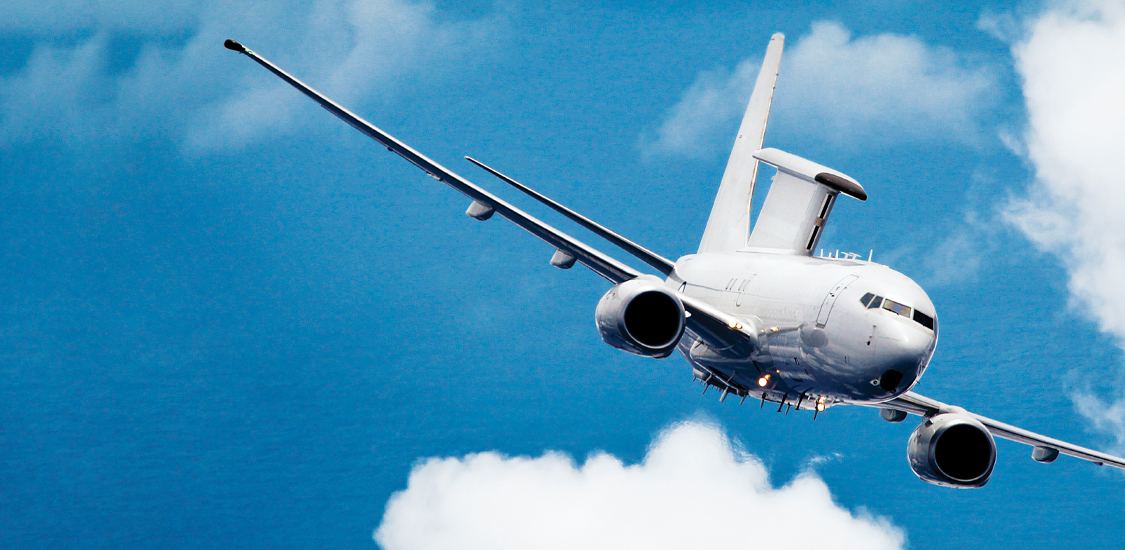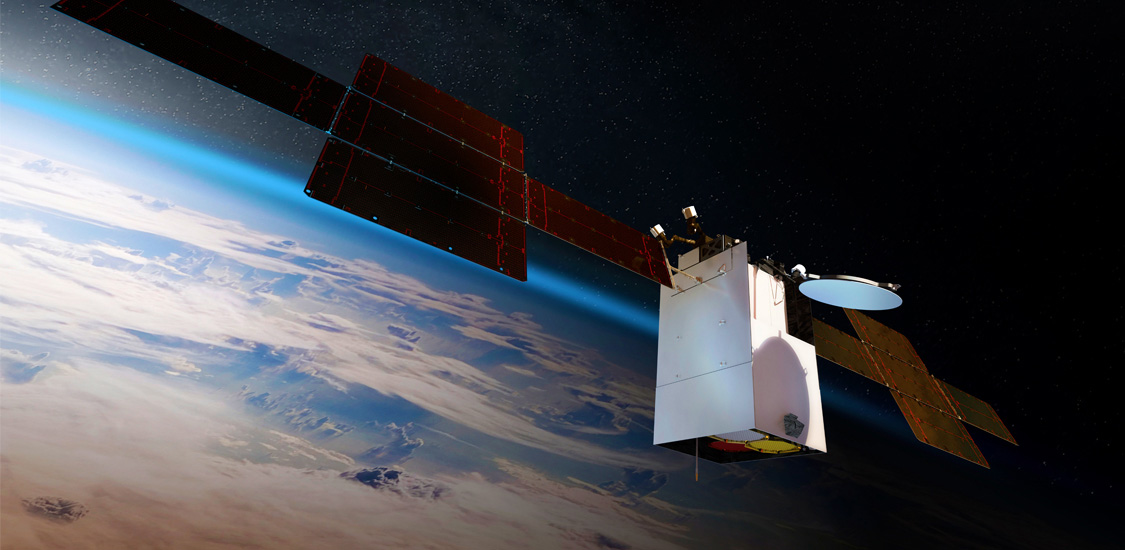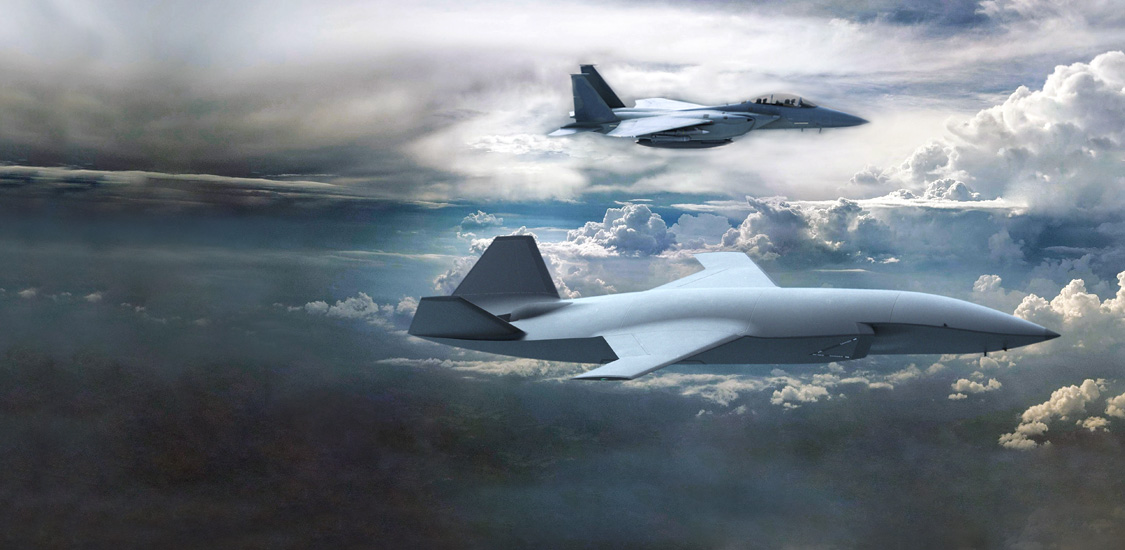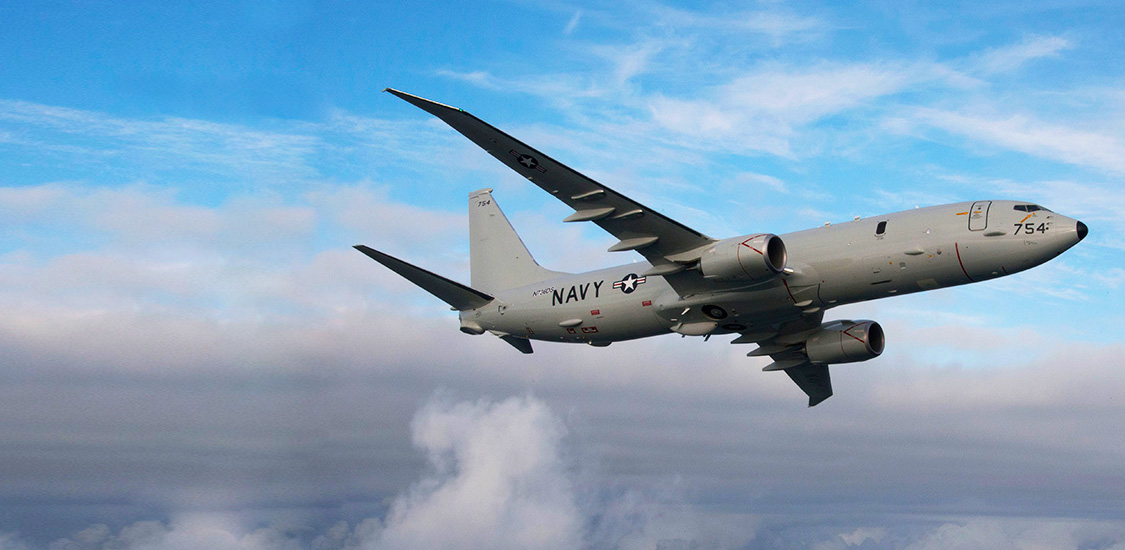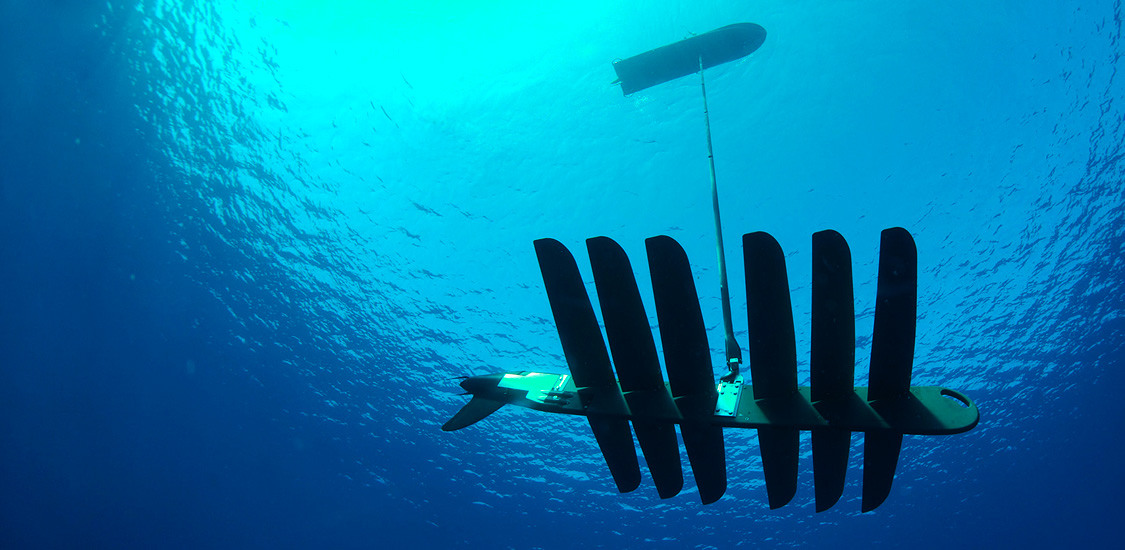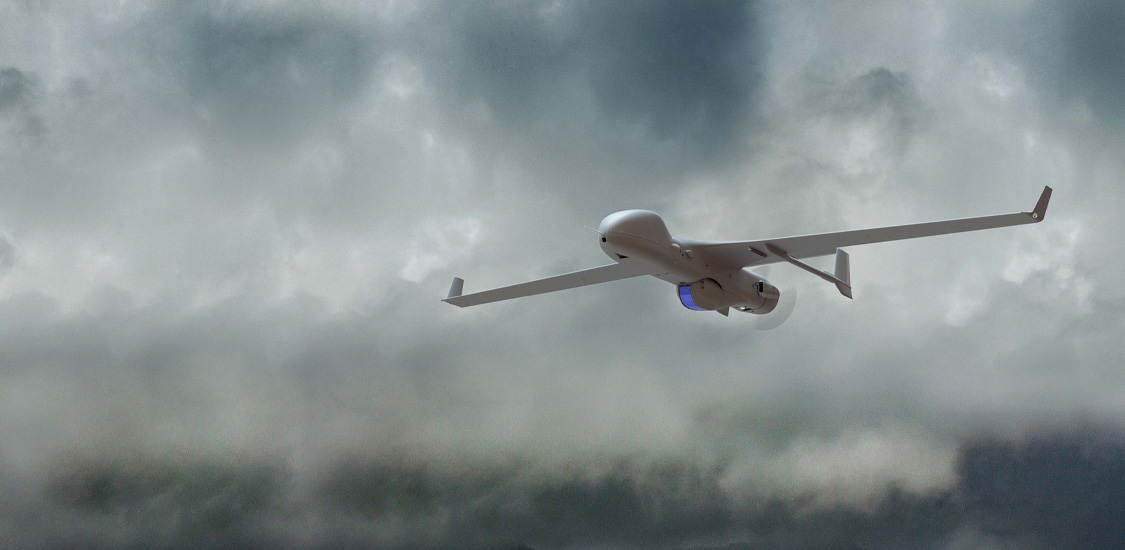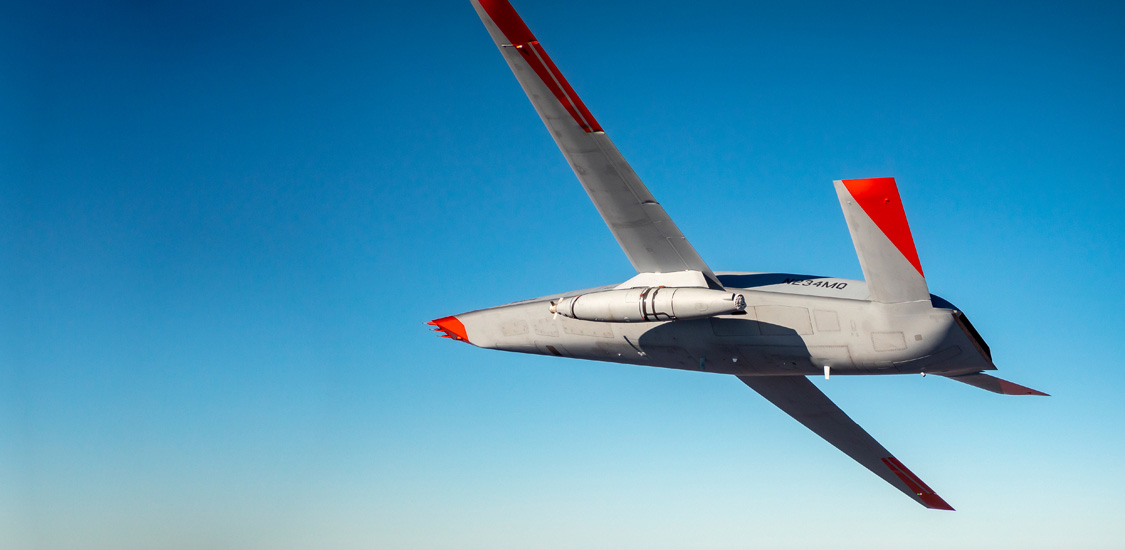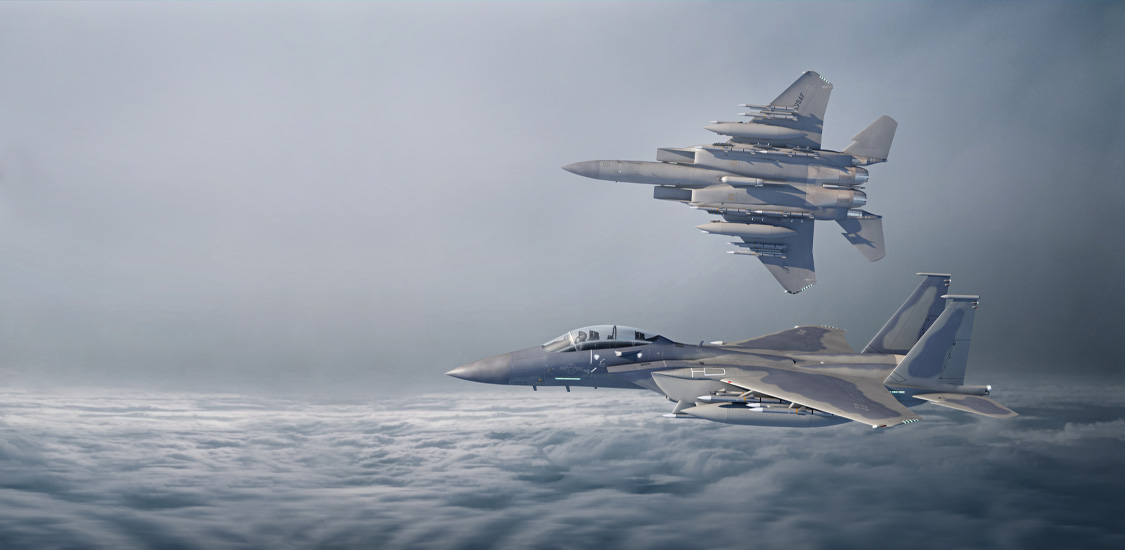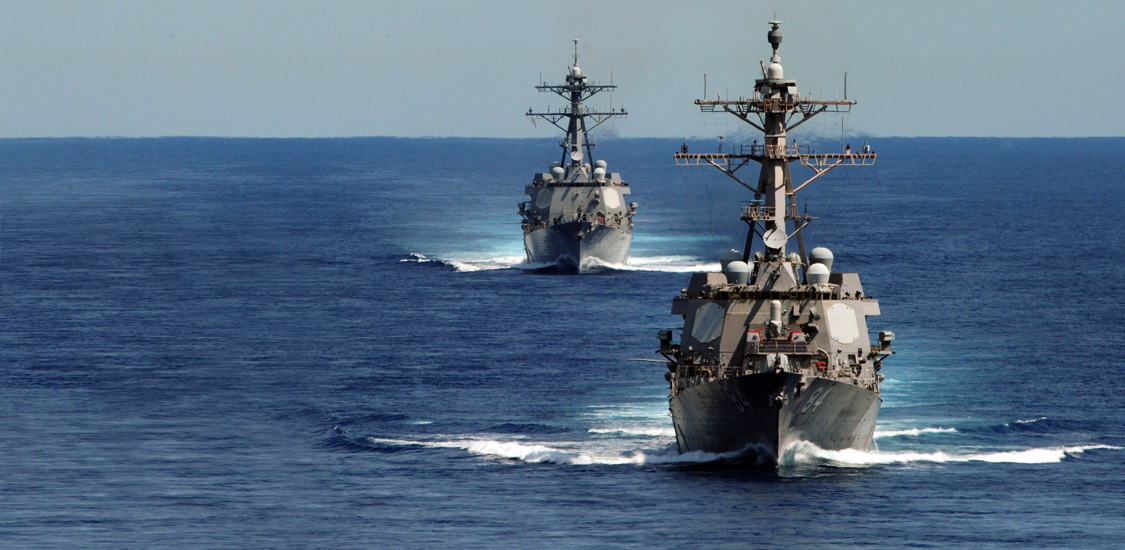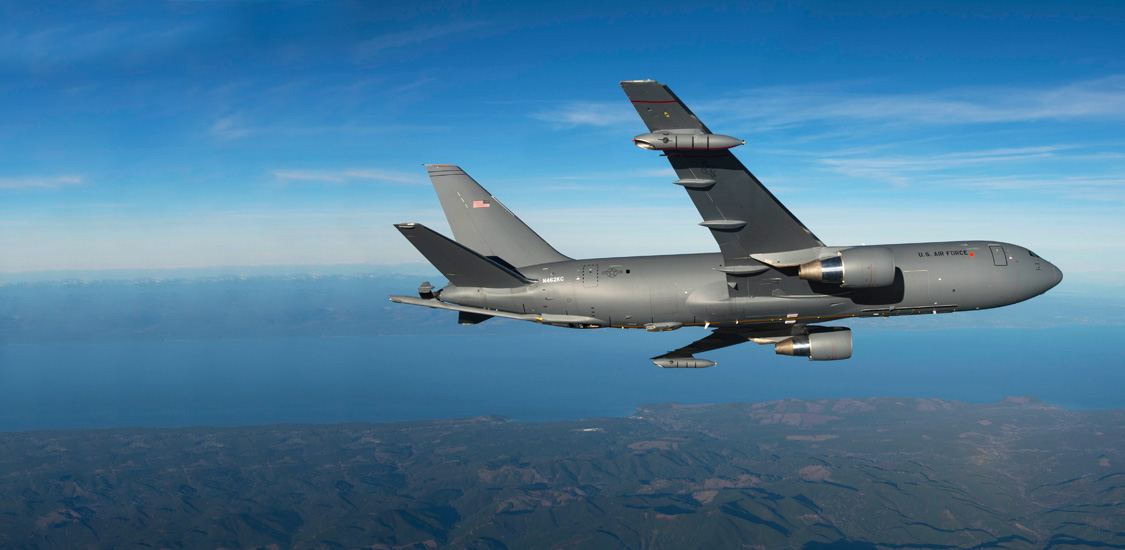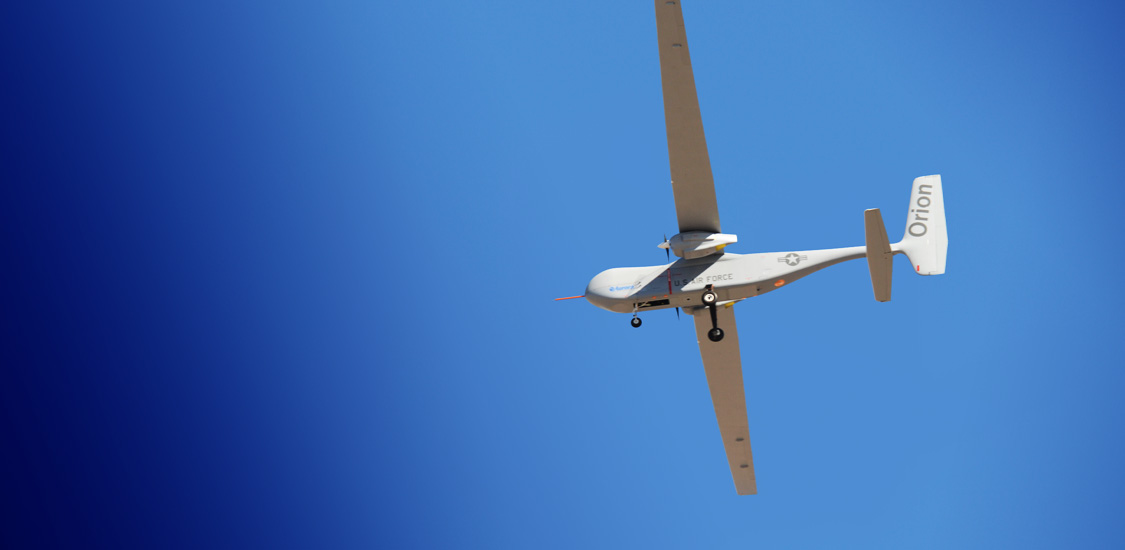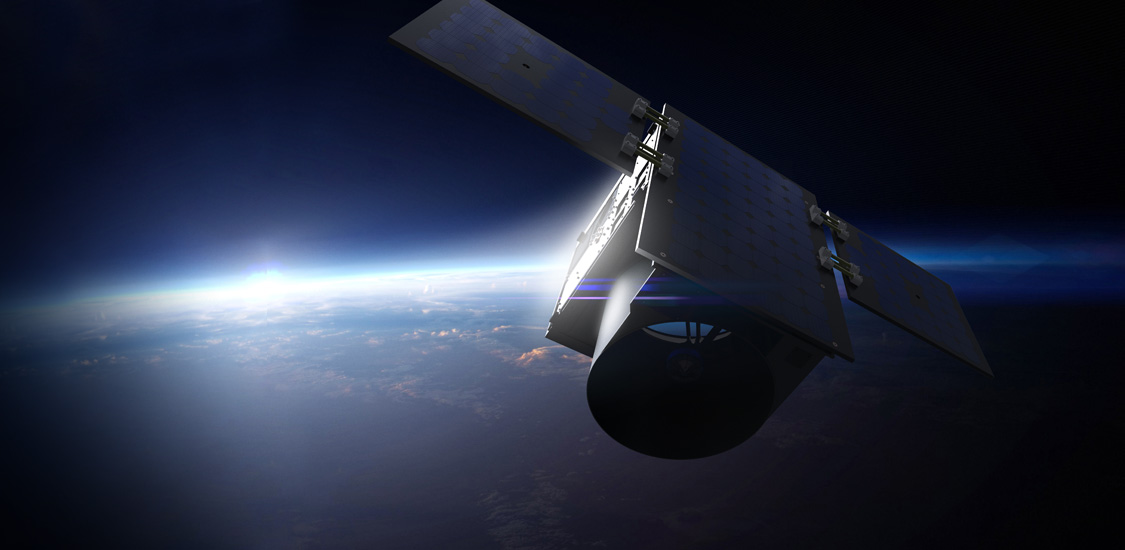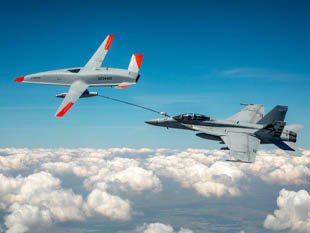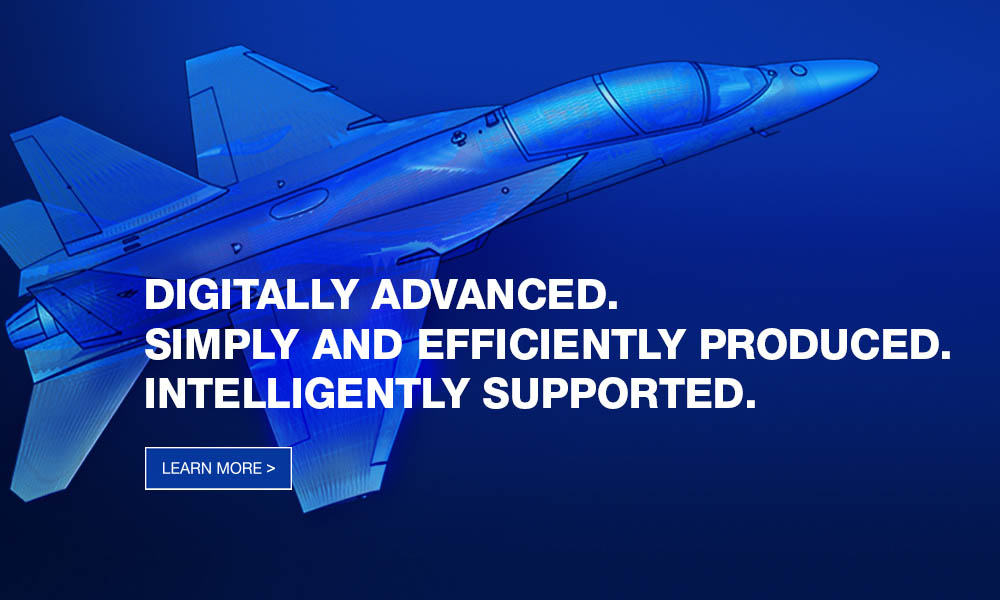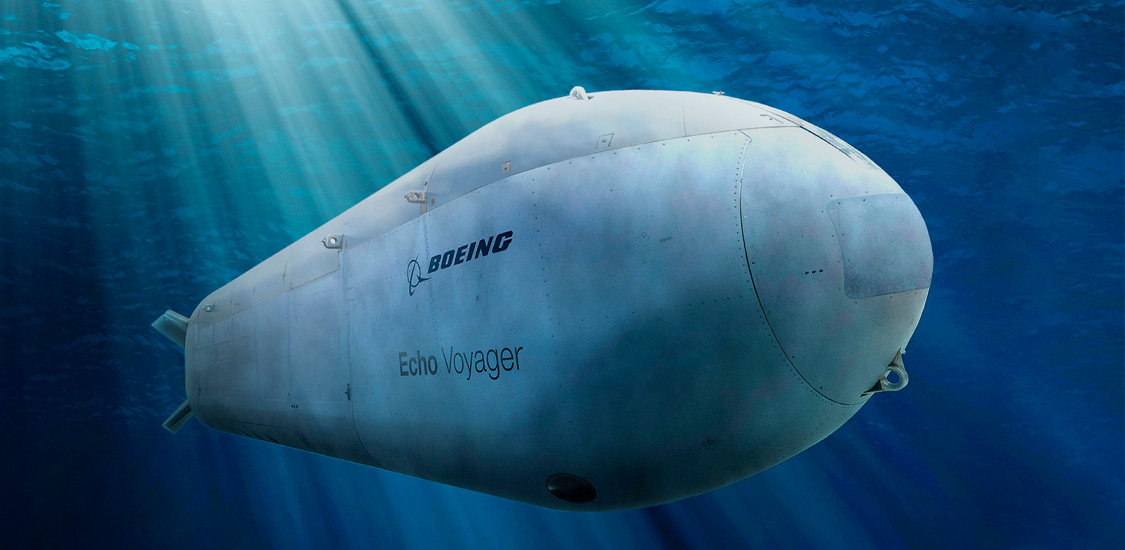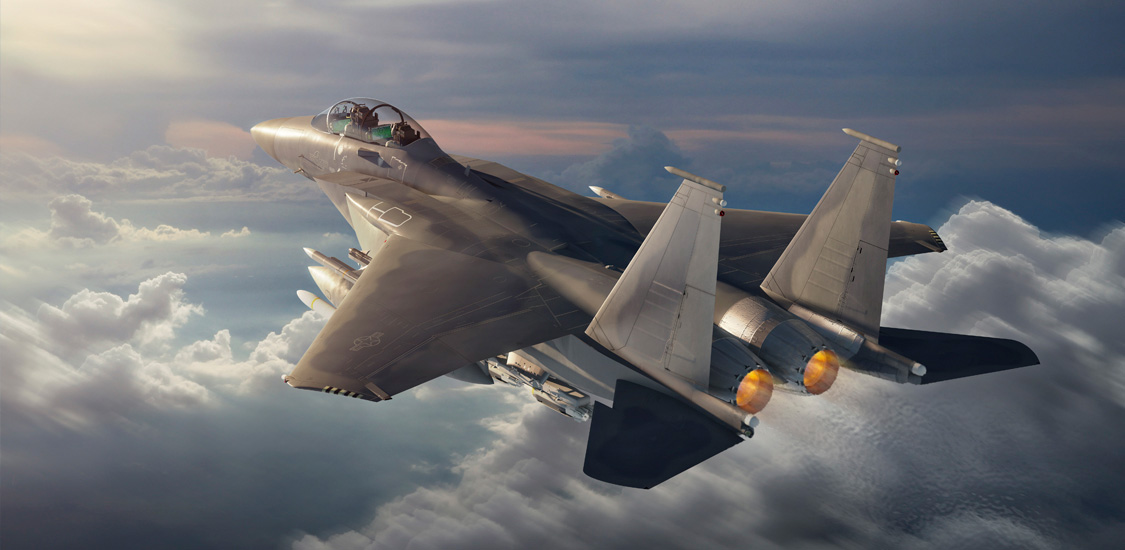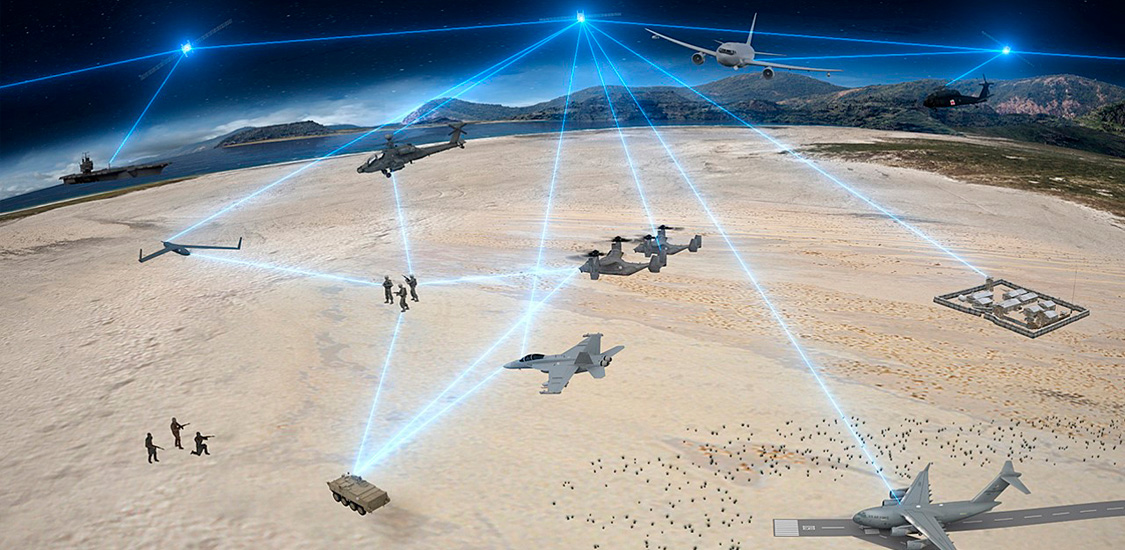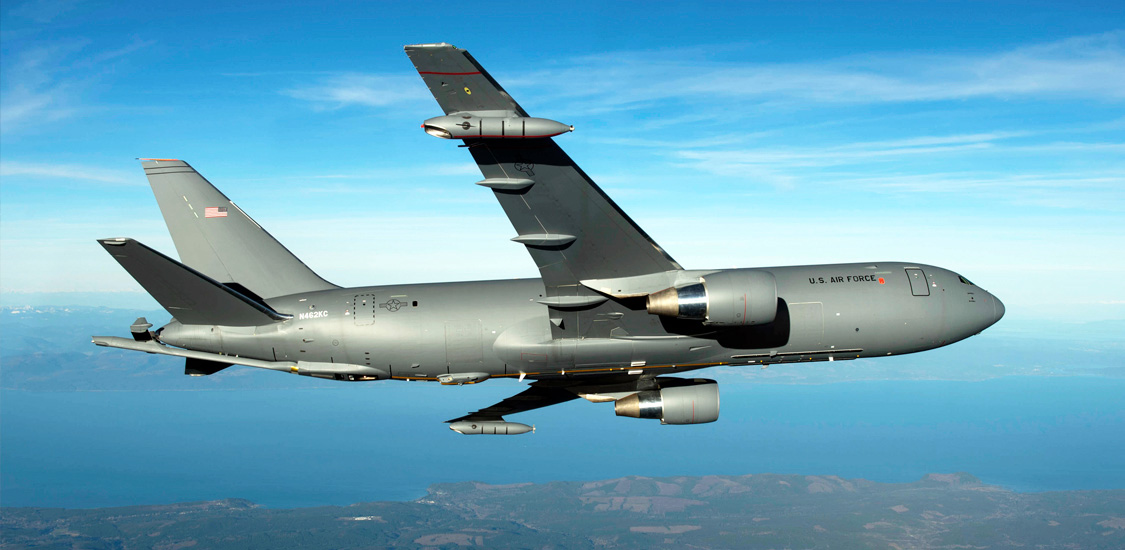Integrating multi-domain sensors to detect the target
Platforms: Multi-domain sensors from satellite, aircraft and maritime autonomous vessels alert change detection agents of an incoming cruise missile. Boeing’s extensive sensor and multi-intelligence products and integration experience provide joint all-domain sensor and intelligence fusion.
Operators: Onboard predictive analytics engines determine several likely targets based on the cruise missile’s trajectory and other operational factors. Recommendations of most likely targets are quickly provided for human-on-the-loop confirmation.
Networks: Based on available bandwidth and current electromagnetic spectrum effects, automated network managers select the optimal means to communicate launch platform and missile launch detection to available blue force manned and unmanned assets. Cross-domain capabilities ensure the information is securely transmitted to necessary security enclaves. Boeing’s Communication as a Service and HardwareWall products provide the network flexibility that our joint warfighters need.










